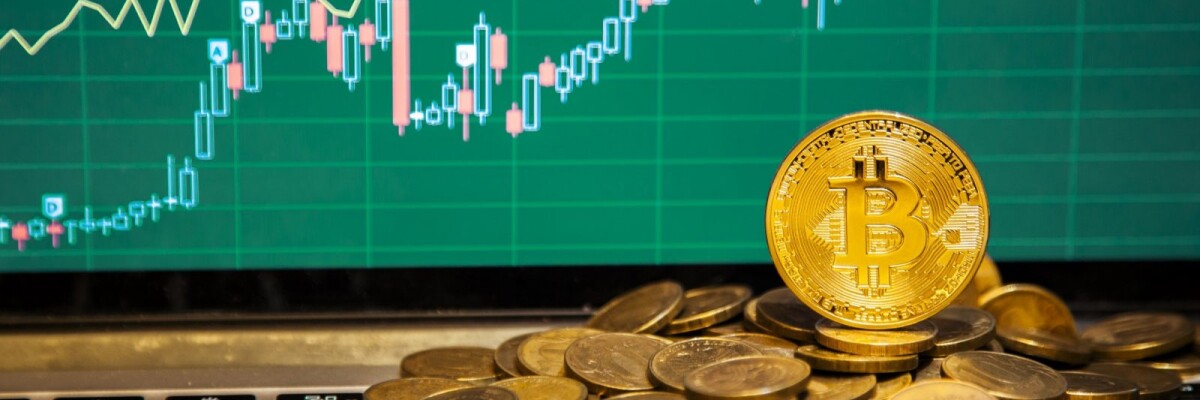Any person who wants, in one way or another, to connect his future with blockchain must possess the basic knowledge necessary for working with cryptocurrency exchanges. It doesn’t matter if you want to become...
Any person who wants, in one way or another, to connect his future with blockchain must possess the basic knowledge necessary for working with cryptocurrency exchanges. It doesn’t matter if you want to become a long-term investor or trade for a day, in any case you will have to deal with trading platforms because all operations are carried out through them.
Definition
An exchange is a market in which sellers and buyers of any assets are found. In our case, these are cryptocurrencies and for each of them there is a ticker — for Bitcoin this is BTC, for Ethereum — ETH. In other words, a ticker is a brief designation for a product used for the convenience of investors.
The exchange looks like a regular website with periodically updated information: quote charts, trading volumes, an order book, and other data that are valuable for the trader to make a trading decision.
The trading volume is the total number of assets that changed ownership over a certain period of time. The order book is a table that displays the number of limit orders placed at certain prices. Both of these parameters are important in different trading strategies. Decisions made by traders are also affected by:
- Fundamental factors — news, various reports, and reports of rating agencies.
- Technical factors — trading indicators, figures, patterns, etc.
There are special programs for a more detailed analysis of market movements — trading terminals, which have many services built-in in order to carry out fundamental and technical analysis. This is the main tool in the hands of experienced speculators. There are both free and paid platforms that are different in the speed that they update data and their functionality.
Exchanges are supported by charging commission fees, which are paid by the bidders when making transactions. This fee may vary depending on the specific site, the volume of the asset being traded, and the nature of the transaction (sale or purchase).
Orders
As is the case with classic equivalents, any asset can be bought and sold on a crypto-exchange in several ways. Let us look at the the main ones:
- A market order is designed to make an immediate transaction at the current price.
- A limit order is for more intricate work. Suppose a currency is worth $9 and gradually increases. However, we are not sure why this movement has occurred and we want to make sure that the trend will not change. We can then place a limit order to buy an asset at $10 per coin. The transaction will take place when the price reaches this level.
- Stop loss and take profit. These types of orders are needed to automatically close a deal at a loss (stop loss) or profit (take profit). That is, after a transaction you can set the levels at which your transaction closes and go about your business without worrying that an unexpected jump in rate will «eat» half of your investment. If you can do without taking a profit, then a stop loss must be set. Especially in the cryptocurrency market where chaotic and abrupt movements are quite common.
Slippage
Everyone knows that the price of any product depends on the ratio of sellers and buyers. Thus, charts can be described as a display of the struggle between bulls and bears on the exchange — a battlefield, if you will. When bids for purchases accumulates quite a bit, and the sellers who are ready to sell the asset at a certain price are no longer available, the price rises. When sellers are more aggressive, it falls.
Now imagine that we want to buy a hundred units of a particular currency. Of course, the difference between the price of the first and the hundredth coin purchased can be very different. It is called slippage. This feature of the market can be classified as hidden costs and should always be remembered.
When placing limit orders at a specific price (especially when working with large volumes), there is a great chance that the transaction will be partially filled, since the price will move without us being aware. In order to avoid this, it is recommended to not set a specific price, but a certain range in which you are ready to trade. For example, set a purchase between $8 and $9. On the one hand this allows you to control slippage, and on the other — it ensures that the transaction will be executed. When placing a stop loss you should also set a certain margin in order to avoid unexpected losses.
Share this with your friends!






Santiago
I don't understand correctly.